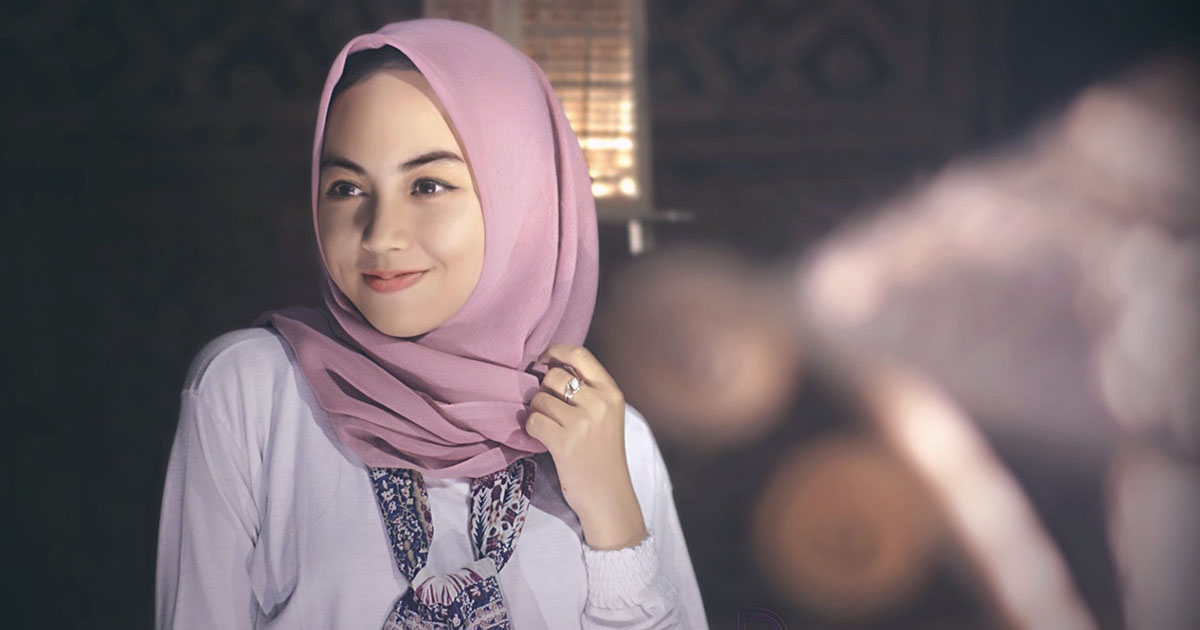Setting a trend in Egypt is a piece of cake. Making this trend fall out of fashion is another simple task. Lately, a lot of Egyptian women, especially in the upper social class have been taking off their veil, getting back to enjoy more freedom. Young women in politics, art, business, marketing and lots of other fields are taking off their veil for good. Some of these young women have been veiled for nearly a decade and you can’t help but recognize this booming phenomenon.
It’s hard to define the Egyptian woman by what she wears. From 1923 to 2013, the female identity in Egypt has been affected and had an effect on major social changes. She has always been the trendsetter of her own identity. History made us learn that the women of Egypt pave the road for themselves ever since Huda Shaarawi, the famous feminist and political activist returned from a trip to a women’s conference in Europe in 1923 and stepped off the train, removing her veil until the fight of Egyptian flight attendants in Egypt Air to wear it on board in 2012.
Getting veiled was odd in our society before the 80’s and it started increasing gradually among Egyptian women until it became an essential accessory among the middle class from the 80’s to the 90’s. A very small community of Egyptian women wore it varying it from a bonnet to long and heavy pieces of cloth with various colors and textures. In the late 90’s, we started seeing young friends and relatives putting on the veil. After religious shows conquered TV channels and women made role models out of the Islamic “Da’eya” (TV preachers), the veil had become much more popular among Egyptian women. It became a trend and not just a tradition. Young women started to get veiled as a consequence of “religious awareness” by young Islamic TV presenters like Amr Khaled and Moustafa Hosny. The veil became common among youth and extended to be more than a result of religious awareness. On a commercial side, magazines specified for veiled women started to emerge, hairdressers learned new styles for veil wrapping, famous actresses got veiled and “Ladies Only” beaches with expensive memberships started to invade coasts.
The Mubarak regime witnessed many fights against banning the veil in some institutions like Maspero. People called for unbanning TV anchors from getting veiled until they agreed that only female presenters for family and children related shows could wear the veil on screens. After Jan 25, Egyptian state media has witnessed a new wave of veiled news anchors. Last year, The Ministry of Aviation approved flight attendants’ demand to wear the veil after almost a year of fights and protests.
As the proper definition of the veil by Islam included covering the head and chest in addition to wearing loose-fitting clothes, lots of young women abide just by covering the head. This raises lots of questions one of them is the veil a result of belief or tradition and trend? Today, a lot of women have been unveiled and back to the lifestyle that they had prior to the veil, wearing clothes that contradict the idea of conservatism. Another question is being raised, is the veil slowly disappearing from the upper social class? And why the upper class specifically?
A few years ago Egypt has witnessed a big rise in nightlife and entertainment. The clubbing scene has fiercely invaded the city and people shifted from chain coffee houses and restaurants to dance floors of glitz and glam. A lot of young women have found it challenging to join in with their friends as most nightclubs prohibit veiled women from entering. The fashion scene in Egypt grew parallel to glamorous nightlife and women found a greater fashion channel in the country than before. Lots of malls started to take place and high end brands started to open its doors to the Egyptian community, the thing that made Egyptian women competitive with what they wear. Young women started to wear the veil in different forms to match up with the fashion scene. Some ladies made sure they wear high end brands from the latest trends to stand out until the veil started to disappear gradually.
Politics is another factor that made the veil decline in the upper class. With Islamists invading media and politics with their dark ages’ agendas, some young women felt that they want to escape from all religious constraints. A lot of young women who used to attend religious lessons stopped showing up bit by bit until they quit going completely.
Today, it’s very rare to hear the news about someone from your friend’s circle getting veiled. Even celebrities who put on the veil in the past decade took it off again and resumed their careers. Belief, trend or tradition, newly veiled women in the upper class are getting to extinct.

